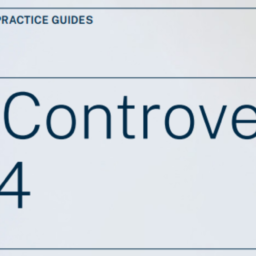On 15 December 2022, a Council Directive (EU) was adopted on ensuring a global minimum level of taxation, to implement assumptions of Pillar 2 of OECD and G20.
Purpose of the Directive
The Directive introduces a system of global minimum taxation and assumes that EU Member States will cooperate within the scope of taxation on profits of multinational enterprises and large-scale domestic groups at the so called minimum rate at the level of 15% CIT.
Effective tax rate
Multinational enterprises and large-scale domestic groups will be obligated to compute their effective tax rate – the real share of tax burdens in incomes of the group – for all countries in which they operate. The rate will be calculated on the basis of the qualifying net income in a given country, and next, will be compared to the minimum rate.
The top-up tax
In case the effective tax rate is to be less than 15% in a given country, the parent entity in a group, located in the territory of the EU, will be obligated to pay the top-up tax on its low-taxed entities.
If the parent entity is located in the territory of the country which is the so called low-taxed jurisdiction, such a parent entity will be obligated to pay the top-up tax also on itself.
Who will be subject to the new tax
The new tax will apply to multinational enterprises and large-scale domestic groups, revenues of which in consolidated financial statements of the parent company will be higher than, or equal to, EUR 750 million in at least two of four fiscal years preceding the fiscal year under examination.
Effects to be seen in Poland
The Directive does not provide for any exclusions from the qualifying net income as far as the tax reliefs granted in Poland (e.g. SEC business operations – related exemptions) or the revenues excluded from taxation (e.g. accrued and unpaid interest) are concerned. Consequently, the tax reliefs granted in Poland may trigger a risk of assessment of the top-up tax (in spite of the fact that the standard CIT rate is 19%).
Entry into force of the regulations
Member States have time to implement the Directive in their legal systems by the end of 2023.
Multinational enterprises and large-scale domestic groups have little time to prepare for the implementation of procedures allowing them to identify new effects and tax risks. The Directive is aimed to limit the phenomenon of tax competition amongst EU Member States, but it may adversely affect the use of some tax reliefs and solutions that are in force in Poland. It may also result in disputes with authorities as regards taxpayers’ fulfilment of conditions for use of a tax relief.










